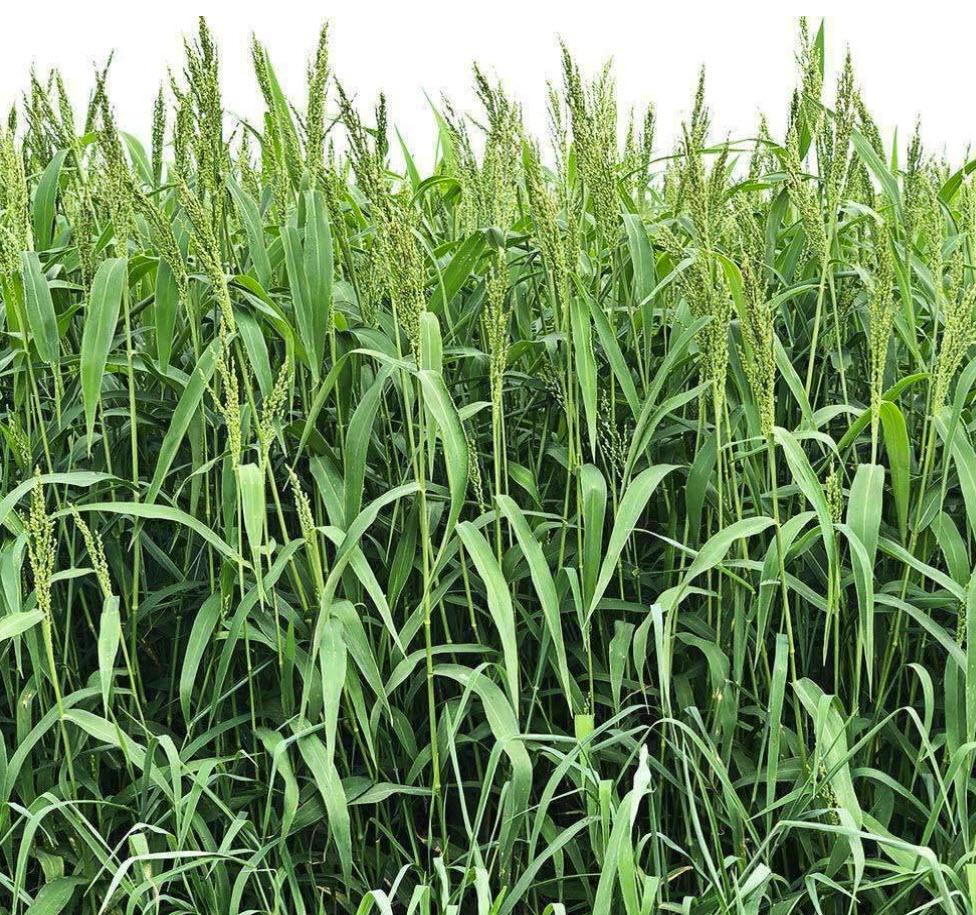Nurse and Temporary Seed

Nurse Crop, Temporary Seed, and Marker Grass
All three of these have something in common… they aren’t the final grass/ground cover you want. Typically the seeds will be rye grass, rye grain, or millet. The differences come in to what they are intended to do… which equates to how much seed to apply.
Temporary Seeding:
High rate of application of Rye Grain or Millet to keep the soil in place for one season (summer or winter) until you are ready to seed your permanent ground cover. Seeding for your permanent turf/groundcover normally requires re-tilling/grading the site for the final seeding.
Nurse Crops:
Are regularly used in erosion control projects where an aggressive root and leaf structure is required while allowing the “target turf” to establish. The seeds in a nurse crop are normally the same as temporary seed; however, the application rate is (~) 1/10th the rate for nurse/vs temp seed. NOTE: Nurse crops should be mowed and kept at 3 inches or shorter to minimize the potential of shading out, or smothering the desired turf/ground cover.
Marker Grass:
Annual rye grass used to assist property owners in adjusting their watering and to identify any issues with sunlight. Marker grass begins to grow 7-days after seeding with adequate water and sunlight. If your marker grass hasn’t germinated by day 10, this can help you identify issues with irrigation or highlight shade problems. After growth begins, marker grass can assist in identifying issues with inadequate irrigation (wilting).
MOWING FOR ALL:
Do not allow temporary seed to grow to where it forms a seed head… or your temporary seed will create issues for the following season. Nurse/Temporary crops should be mowed when ankle high (3-4″) to reduce the potential of causing shading issues with permanent ground cover or the potential re-seeding issues for follow on years.